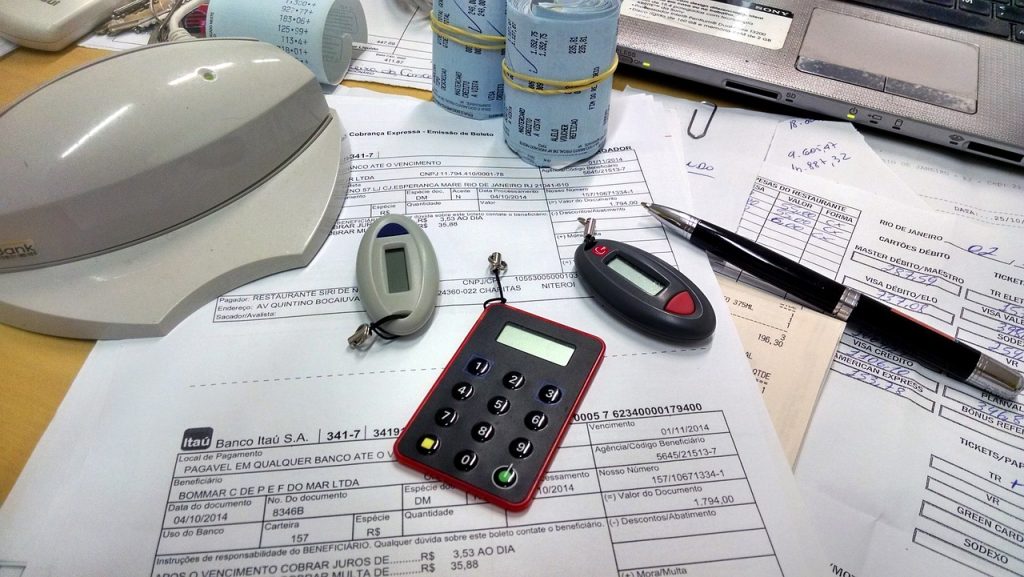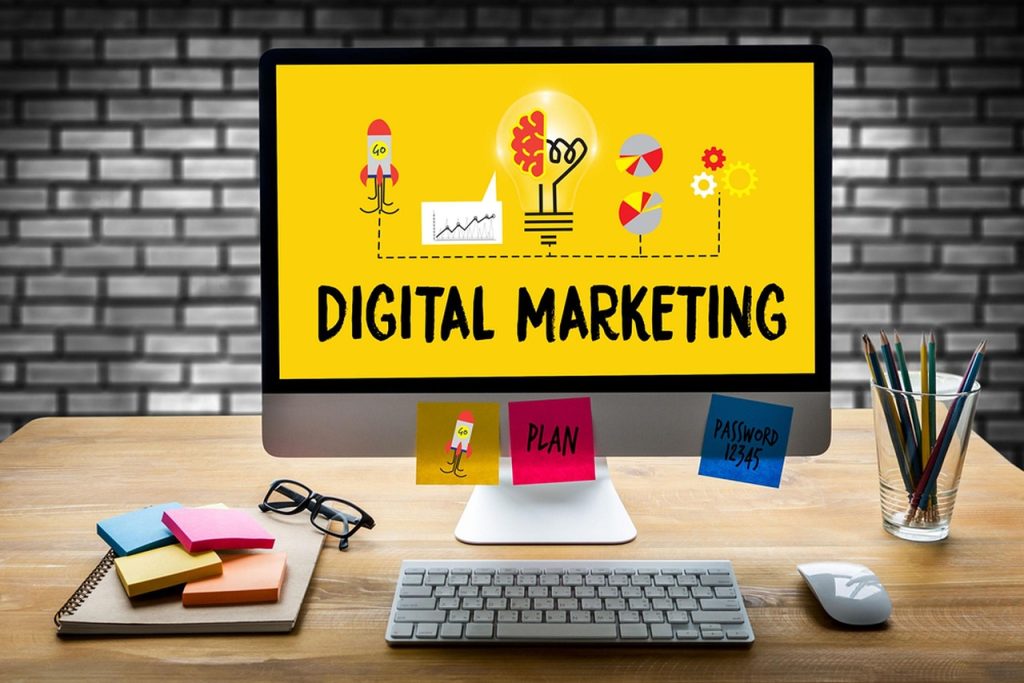
5 Strategies for Dealing With Unpaid Invoices & Non-Paying Customers
Unpaid invoices pose a serious issue to companies of all sizes and in a wide variety of industries. For small and medium-sized business owners particularly, this can lead to a whole host of other problems such as the inability to hire new employees or to even pay themselves. When clients are refusing to pay their invoices, they’re causing a ripple effect that leaves an impact far beyond a simple ‘overdue’ status on their account.
✔ What do non-paying customers mean for a business’s productivity?
✔ Where do businesses feel the consequences of unpaid invoices?
✔ More importantly, how should you handle non-paying customers?
You’re not alone in the struggle to get your invoices paid on time. Learn the tricks of how to handle non-paying customers, below…
5 tips for handling non-paying customers
Stuck with unpaid invoices and unsure how to handle non-paying customers? There are several ways to go about solving this cashflow conundrum. We’ve boiled it down to the essentials for you – use these 5 tips to avoid non-paying customers like the plague!
Top 5 tips for handling non-paying customers:
- Explicitly state due dates
- Implement late fees
- Send collection reminders
- Offer payment installments
- Use invoice factoring
We’ve given you the bare-bones of the list, now we’ll build on that foundation to explain how you can actually put those solutions to use.
1. Explicitly state due dates
In order to avoid any confusion about when payments are expected, there should be a contract involved with your services and, of course, terms and conditions that are included. In that agreement, the due date(s) should be shown clearly, boldly, and in plain language.
Alongside the customer’s payment due dates, you should also include the projected timeline of completion for your services. As you keep your word and stick to your end of the deal, it’s all the more likely that the customer will do the same (though there is no guarantee of course).
Top tip: Communication is essential and should always be the first step that you focus on when it comes to avoiding unpaid invoices. Don’t let confusion be the cause for non-payment of invoices.
2. Implement late fees
Consequences act as a disincentive to clients who are refusing to pay invoices. But, the non-payment of invoices is not always intentional; some people legitimately cannot make a payment on time. For that reason, it might be counter-productive to only offer a punishment in the form of late fees.
Top tip: You can always approach the situation from the other direction; instead of punishing with late fees, you may choose to increase the rates from the get-go and then offer a discount for customers who make an early payment. In either case, your goal is to nudge your customers to pay before the deadline.
3. Send collection reminders
Whether by email, text message, or old school snail mail, sending reminders to non-paying customers is one of the best ways to obtain what you are owed. The fact is, people often get busy and lose track of their affairs. Give clients the benefit of the doubt and send them a friendly reminder if they have unpaid invoices.
Top tip: Address the client by name, not with a generic “hello valued customer”. Include the amount due in a bold and bright font so that they don’t need to search for the important information. Simplify and quicken the payment process for them, don’t make them jump through hoops to pay you.
4. Offer payment installments
For B2C services specifically, accounts with unpaid invoices may be failing to repay what they owe all at once, but could very well be able to pay back their debt in installments. While you may choose to include some nominal fee for clients who opt to make payment installments, it could ultimately ease the strain that non-paying customers have on your business’s cash flow. Something is better than nothing, after all!
Top tip: The amount and manner in which you charge installments will depend on the industry you’re in. For example, a construction company may decide to charge as they finish different parts of the job. Giving the option to pay in installments is one way to make sure that you won’t be stuck handling a customer not paying their invoice.
Of course, the type of business will affect the kind of industry loans a business needs, as well as the specific circumstances that business finds itself in. Be sure to weigh your options carefully in order to choose the right funding solution for your business.
5. Use invoice factoring
When customers are not paying invoices, and you don’t have the time or resources to chase after them yourself, invoice factoring can come in handy. So what is invoice factoring? Essentially, it’s the process of selling unpaid invoices to a lender who will then collect the overdue payments themselves. Typically, the lender will pay around 80% up front and then the remaining 20% after collection, keeping roughly 1-4% for themselves as payment for their services.
Top tip: Applying for invoice factoring doesn’t require any collateral, which is a great advantage for small businesses. But it is important to keep in mind that the fees imposed on you by the factoring company will be largely shaped by how quickly your customers actually do pay. In other words, the quicker your customers pay their bills, the better the terms are for you (generally speaking).

How serious is the problem of unpaid invoices for small businesses?
Non-paying customers present a real obstacle for the proper functioning of small businesses, as well as the economy as a whole. When a client is refusing to pay an invoice, it creates a butterfly effect. What appeared to be a relatively small occurrence eventually turns into a much bigger problem with the potential to do real damage.
Research done by our partner Fundbox (published in Entrepreneur) has suggested that there are several consequences that manifest as a result of customers not paying their invoices, including:
- 79% of small business owners unable to pay themselves
- 23% of business owners unable to hire new employees
- 23% of business owners unable to purchase new equipment
- 20% of business owners stopping marketing campaigns
- 18% of business owners unable to give employees raises or bonuses
- 17% of business owners unable to stock up inventory
What’s even more interesting is what businesses would be able to do if unpaid invoices were being paid on time! For example, business owners would be able to:
- Pay themselves $30k
- Hire 2.1 million new employees
- Spend more than $9k on equipment
- Invest more than $8k on marketing
- Offer employee benefits of nearly $7.5k
- Put another $6.7k into inventory
But what about the large-scale results of unpaid invoices?
The same research also suggests that small businesses, if paid on time, would be able to hire some 2.1 million new employees. To put that into perspective, such a huge number of new employees across the United States would effectively reduce unemployment rates by 27%. This dilemma clearly has an enormous impact, which is all the more reason to learn how to handle non-paying customers.
How do unpaid invoices affect your cash flow?
Cash flow is the heartbeat of your business. If it becomes weak or unsteady, other problems will inevitably come up. When clients are refusing to pay their invoices, your cash flow will be interrupted and your productivity will suffer as a result.
While you’re putting the tips, tricks, and pointers to action, you may very well still need a bit of support to keep your business firmly planted on its feet. An unsecured business loan is one of the best solutions available for companies that need a boost to their finances. Similarly to invoice factoring, unsecured business loans don’t require any form of collateral. This means the lender takes on a larger risk than the borrower (good news for small business owners).
Whether it’s an unsecured loan or any other type of business loan, Become offers a unique service that is aimed at helping business owners get the financing that they are searching for.
By using advanced algorithms, Become provides:
- A fast, easy, and free way to apply for financing with dozens of the country’s top loan providers
- A clear picture of what they need to do to improve their funding chances
- A service that matches them with the lender(s) that best fit(s) their financial profile and needs
Final thoughts
Unpaid invoices are, unfortunately, not such a rare phenomenon in the world of business. But, there are methods that you can use to minimize the occurrence of non-paying customers.
A short recap:
- Be clear about your expectations
- Provide incentives for customers to pay on time
- Be flexible when possible
- Offer a friendly reminder
Worst case scenario, you can use invoice factoring as a fast and reliable solution to cash flow problems that are caused by clients refusing to pay their invoices. Keeping your finances in order will be easier if you use these tips.
We hope you find this information useful in your endeavors to get invoices paid. Please feel free to share this article, and do let us know if you have any questions that you feel were left unanswered.




